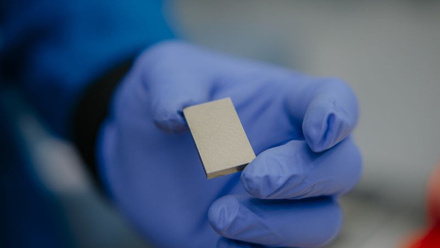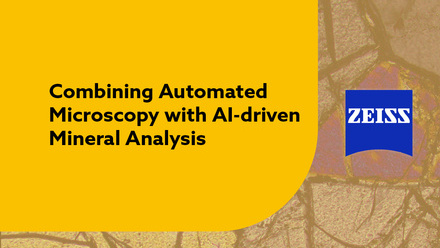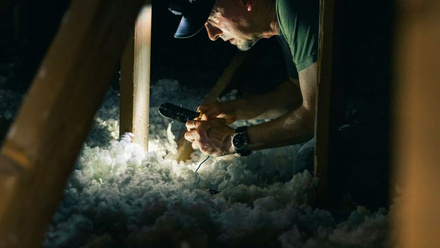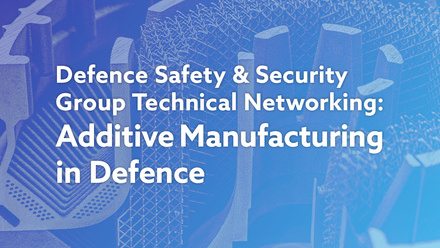Shape-memory ceramics take form
Shape-memory ceramics have been discovered by researchers at the Massachusetts Institute of Technology (MIT), USA.
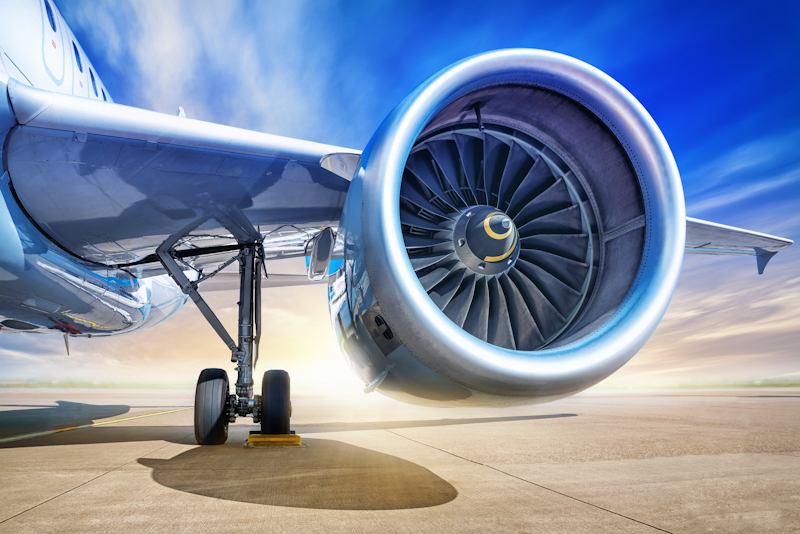
This new category of shape-memory materials could be used in high-temperature settings, such as actuators inside a jet engine or in a borehole. Here shape-memory metals are limited by the service temperatures of the metals – a few hundred degrees Celsius at most. Ceramics, meanwhile, can withstand up to thousands of degrees, but are usually brittle. The MIT team reports that its new ceramic does not accumulate damage, and so can be used as a shape-memory material for many cycles.
The material is a variation of zirconia, which is known to have shape-memory properties, but has as high hysteresis, in that it accumulates damage readily.
'This paper measured transformation hysteresis, which is a measure of extra lost energy that would have gone to damage creation,' explains the team.
Atoms of different elements have been introduced into the structure to alter its properties, changing the hysteresis by a factor of 10 to resemble that of metals – the material can be deformed up to 10%.
Doctoral Student Edward Pang, and Professors Gregory Olson and Christopher Schuh, have explored a variety of dopants such as cerium, titanium, aluminium, chromium, hafnium, yttrium, tantalum and gadolinium. They have so far developed cylindrical shapes with the material that can transform to adopt different lengths and diameters.
The temperature at which the new ceramic changes shape is tuneable depending on the doping level. 'Our preferred composition at the end of the full design process had a transformation temperature of about 900K (627°C),' say
Olson and Schuh.
A common application for shape-memory materials is relief valves that are triggered by heat, automatically relieving pressure. The new ceramic could be used for higher-temperature situations. While actuators that direct airflow inside a jet engine might also be useful, according to the team, their shape-memory material could be applied in most instances where they have been used in the past, but 'the difference is that with a ceramic, we may have access to higher temperatures, larger actuation stresses, and possibly improved environmental resistance than with more conventional materials'.
The team plans to produce the material in bigger batches and more complex shapes, testing its ability to withstand transformation cycles.



